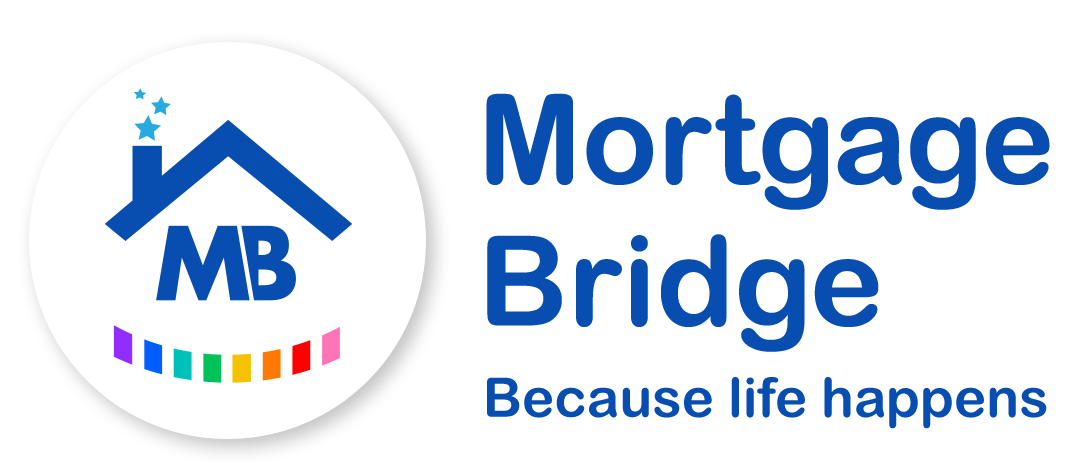A Comprehensive Guide: Switching from an Interest-Only Mortgage to a Repayment Mortgage
Introduction
When choosing a mortgage type, some opt for an interest-only mortgage, a solution that offers lower monthly payments in the short term. However, over time, many borrowers begin to contemplate the benefits of switching from an interest-only mortgage to a repayment mortgage. In this blog post, we will explore the reasons for making this transition, the steps involved, and the advantages of switching to a repayment mortgage.
Why consider switching?
1. Building Equity
One of the most compelling reasons to switch from an interest-only mortgage to a repayment mortgage is the opportunity to build equity in your home. With an interest-only mortgage, your monthly payments cover only the interest portion of the loan, leaving the principal balance untouched. In contrast, a repayment mortgage allows you to gradually reduce the principal amount, increasing your equity in the property with each payment.
2. Financial Security
Switching to a repayment mortgage can provide greater financial security. With an interest-only mortgage, you are essentially deferring the repayment of the principal until a later date. When the interest-only period ends, you may be faced with a substantial lump-sum payment, which can be a significant financial burden. A repayment mortgage spreads the cost of homeownership evenly over the life of the loan, eliminating the need for a large lump-sum payment.
3. Peace of mind
The transition to a repayment mortgage can offer peace of mind for homeowners, knowing that they are steadily reducing their debt and moving closer to full homeownership. This financial stability can be especially important during times of economic uncertainty.
Steps to Switching
1. Contact Your Lender
The first step in switching from an interest-only to a repayment mortgage is to contact your lender. Discuss your intention to make the switch and inquire about the available options. Your lender can provide you with information on the terms and conditions of the new mortgage and guide you through the process.
2. Assess your financial situation.
Before making the transition, assess your current financial situation. Ensure that you have a reliable source of income to cover the increased monthly payments associated with a repayment mortgage. It’s essential to create a budget and evaluate how the new mortgage will fit into your financial plans.
3. Understand the Costs
Be aware that switching to a repayment mortgage may result in higher monthly payments compared to your current interest-only mortgage. It’s crucial to understand the costs and ensure that you can comfortably manage the increased financial responsibility.
Benefits of Switching
- Equity Growth
The most significant advantage of switching to a repayment mortgage is the gradual growth of equity in your home. With each payment, you’re not just covering the interest but also reducing the principal balance, which means you own more of your property over time.
- Reduced Interest Costs
Repayment mortgages typically result in lower overall interest costs over the life of the loan. As you steadily reduce the principal balance, the interest that accrues on the remaining debt decreases.
- Financial Security
By eliminating the risk of a large lump-sum payment at the end of the interest-only period, homeowners can enjoy greater financial security and peace of mind.
Conclusion
Transitioning from an interest-only mortgage to a repayment mortgage is a significant financial decision. While it may result in higher monthly payments, the long-term benefits of building equity, reducing interest costs, and enhancing financial security make it a wise choice for many homeowners. If you’re considering this transition, take the time to carefully evaluate your financial situation, understand the costs, and consult with your lender to ensure a smooth and successful switch. In the end, a repayment mortgage can lead to a more secure and prosperous homeownership journey.


